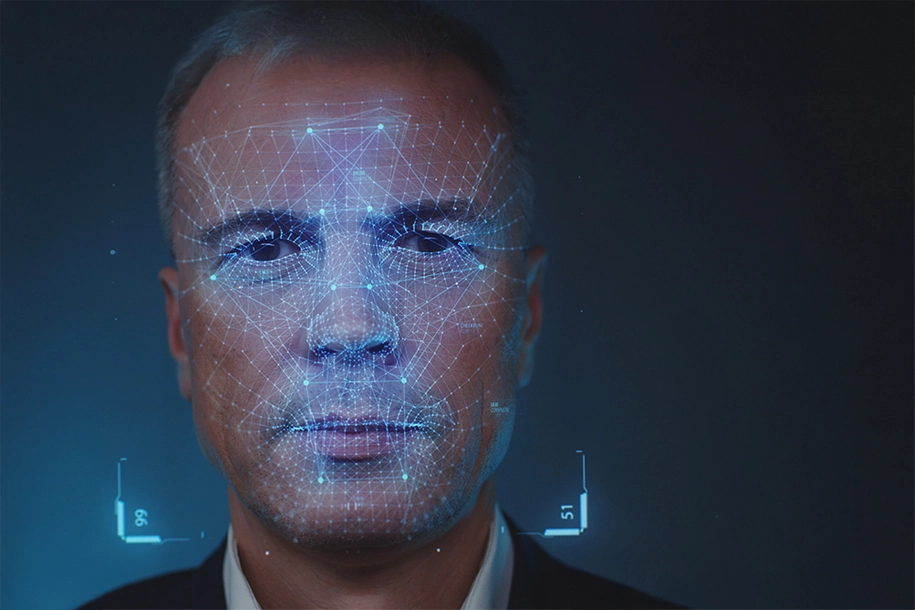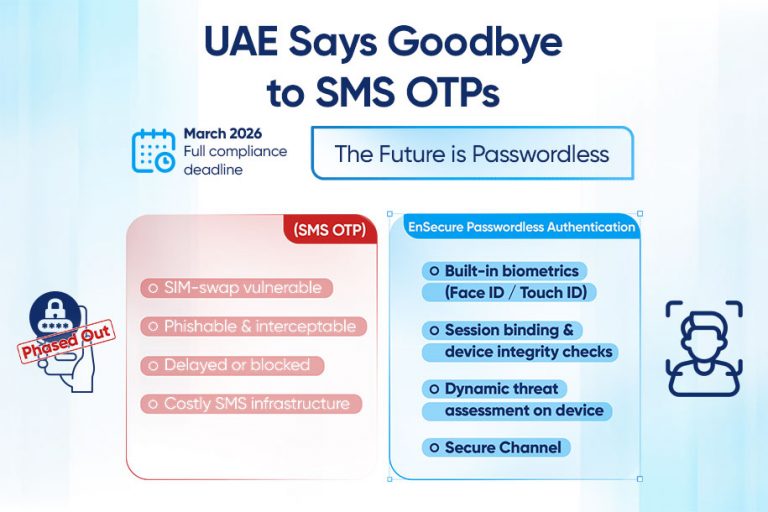Deepfakes are a rising threat to companies. Hackers use them to execute highly destructive phishing attacks, which could result in the loss of millions of dollars.
A recent and alarming incident unfolded at London-based global communications and advertising company WPP. The company’s CEO, Mark Read, was the target of a deepfake attack, a sinister ploy by hackers to deceive and scam the company’s employees.
In the failed attack, hackers used Mark Read’s publicly available photo in a fake WhatsApp account to schedule video conferences with company executives. In the Microsoft Teams call, bad actors used the phoney voice and video images created through the YouTube footage of Mark Read. Attackers demanded a new business be set up to extract personal details and money from the customers WPP serves.
The attack was averted thanks to the sharp vigilance of WPP’s employees. Their awareness of scamming methods and quick thinking when asked for personal information and money transfers foiled the scam.

In an email, Read expressed his deep concern for the employee’s safety in the face of such sophisticated scamming attacks. He underlined, “Just because they can use my photo, it’s not supposed to be me.”
WPP’s partnership with Nvidia, announced last year, was intended to harness the power of generative AI for marketing content. However, this incident serves as a stark reminder of the potential risks and the pressing need for caution in the face of rapid technological advancements. This emphasis on caution underscores the gravity of the situation, making the audience more aware and alert.
Deepfake continues to cause critical problems for companies of various sizes. Discover EnQualify’s products to gain information on the innovative solutions created against deepfake-focused risks.



